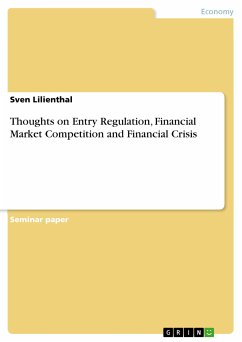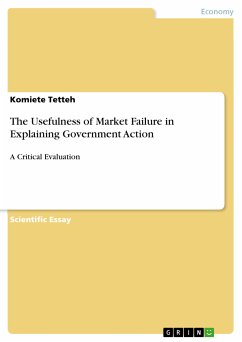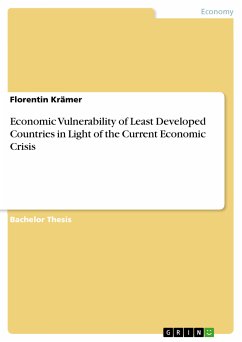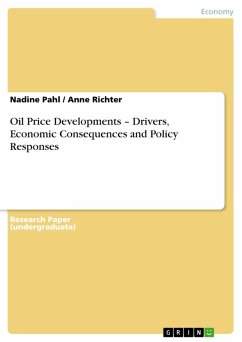Seminar paper from the year 2009 in the subject Business economics - Economic Policy, grade: 1,0, University of Frankfurt (Main), course: Financial Regulation, language: English, abstract: This paper deals with the terms entry regulation, financial market competition and also indicates connections to potential financial crises. Authors in research have been attempting for years to build up a remedy for an optimal set-up.1 So, this is the reason I observe a seemingly never-ending discussion between two unofficial parties: Neither the proponents of the concentration-stability view, neither those of the concentration-fragility view will retreat from how to install proper competition in order to ensure stability. This paper also aims to understand the terms of both parties; their arguments and whether either monopolistic structures or competition are desirable in the financial industry. Therefore, I lay the theoretical foundation. I demonstrate with a model of the authors Boyd & De Nicoló that even economies with monopolistic structure are exposed to risk-taking activities - and not only banks in competitive industries. In chapter 3, I turn to the topic "Entry Regulation". I unveil different yardsticks of entry regulation, reveal some advantages and draw up my own index. I show that mainly countries that suffered devastating crises in recent times have stringent entry regulation. This can be shown by regarding their high capital requirements or their barriers for submitting information of managers, future plans or composition of shareholders. I also show that entry regulation is an appropriate means for governments to control or to curb competition. In the last chapter, it is also shown that high entry capital requirements prevent mainly weak or inefficient banks from entry. In chapter 4, I present two ratios for assessing competition: The concentration ratio (CR) and H-Statistics (H). CR is widely used in literature and defines the market share of the largest banks in a country. By presenting CR, I also turn back to the argument between the concentration-stability and concentration-fragility views. Moreover, I do my part to debilitate the somewhat misleading statement that the European banking market is in a phase of consolidation and concentration. I do this by revealing that the concentration ratio slightly decreased in a time span of four years during the current decade. H-Statistics is a ratio to find out more about the ferocity and contestability of a market and how market participants react to changes in output prices. I show that there is, maybe surprisingly, no strict correlation between CR and H-Statistics. [...]
Dieser Download kann aus rechtlichen Gründen nur mit Rechnungsadresse in A, B, BG, CY, CZ, D, DK, EW, E, FIN, F, GR, HR, H, IRL, I, LT, L, LR, M, NL, PL, P, R, S, SLO, SK ausgeliefert werden.









